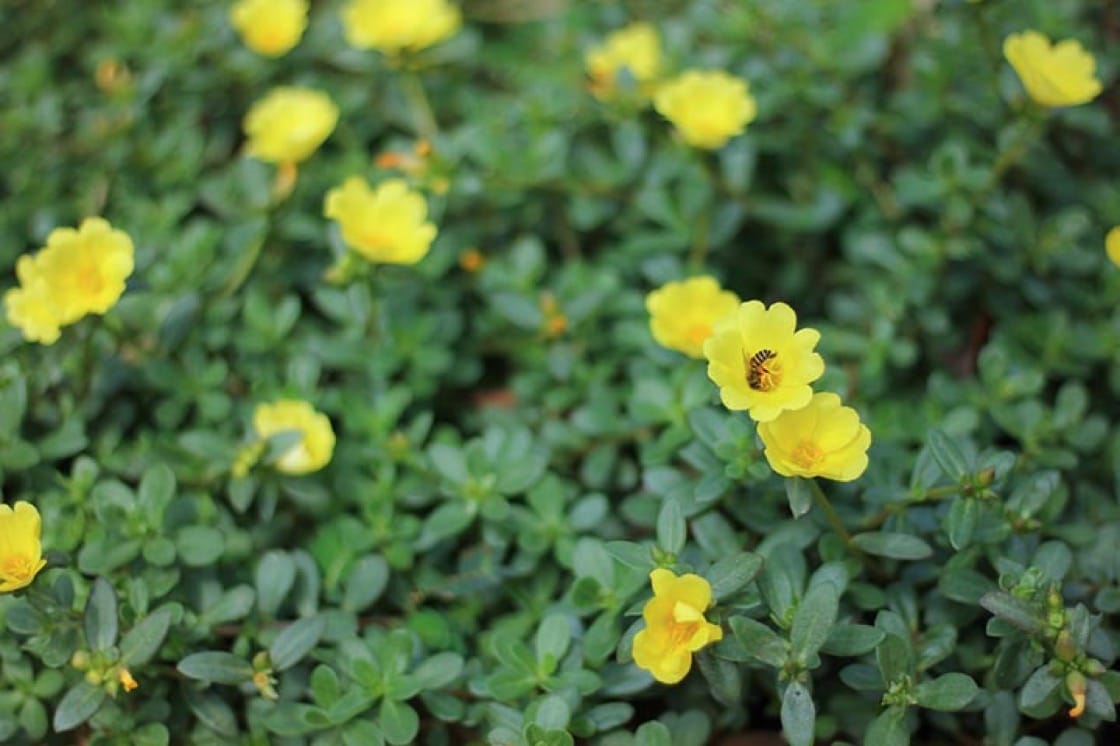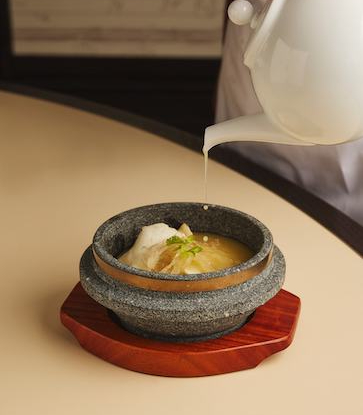Foraging may sound like an impossible task in concrete jungle Singapore, but edible plants are still wildly available if you know where to look. Former kampongs (villages) like Sembawang and Lim Chu Kang, for example, are good places to start.
Foragers are strongly advised to study and research a wild plant before they consume it. Some plants may be very similar in appearance, but they could be very different species altogether. Some parts of an otherwise edible plant may actually be poisonous.
My grandmother who fought in World War II and lived inside Singapore’s thick jungles for two years surviving only on foraged plants has this tip for me: always observe what the animals are eating. If they appear fine after consuming it, chances are, you will be fine too. (However, they did once have a bad bout of wild tapioca poisoning that rendered all the soldiers sick for days -the bitter variety of tapioca has so much cyanide in it, it turned out, and needs to be soaked, fermented and cooked over high heat before it is safe to be eaten.)
On my food-growing and foraging journey over the years, I have discovered a few plants which I find wildly interesting because they’re not available in the supermarkets. Surprisingly, because of their resilience through surviving wild conditions, they possess incredible therapeutic properties. Here's quick guide to them below.

This fleshy succulent is also a weed that the poor Frenchmen and pigs used to feed on, hence its nickname, hogsweed.
However, in modern times, this savoury and slightly tart weed that is crunchy with slimy flesh is a culinary dream ingredient that adds amazing flavour to almost every dish from salsas to salads, to soups and teas.
How to identify it
Purslane has a distinctive thick, reddish stem with succulent, green spoon-like leaves. It is a trailing plant, and prefers to grow horizontally. It has a low height of only 10cm. You can find them thriving in the cracks of sidewalks, driveways, the roadside, and even in the same plant bed containing other plants. Its edible parts are its leaves, stems and flower buds.

This well-known creeper is usually cultivated for its pretty blue colours that can be used for dyeing food items or eaten directly as part of a dish.
However, the butterfly pea plant can also be found thriving in the wild due to its ability to grow in poor soil. In fact, its flowers bloom even more prolifically the poorer the soil conditions. Pluck a few of these pretty blue flowers for your next party, and wow your guests when you use them in a honey lemon drink. The flower’s vibrant blue colour turns into a purple-pink shade once lemon juice is poured into the glass. The swirly cloud of changing colours is almost magical!
How to identify it
The butterfly pea is a twining vine with vibrant blue and violet-hued flowers that appear singly or in clusters of two to four. It can trail to a height of 1.8m and can be found growing in a partially shaded or sunny spot that is moist and humid.

An unwelcome weed, most people would dismiss the Spanish needle as an annoying plant whose needle-like seeds stick relentlessly to your clothing or your dogs’ fur.
However, unbeknownst to many, the Spanish needle is such a powerful antibacterial and anti-inflammatory agent that it has been proven to outdo Penicillin, Tetracycline, Methicillin and can successfully treat antibiotic-resistant bacteria infections by both grampositive and gramnegative bacteria. The flowers, leaves and stems are edible and traditionally the poor man’s source of food. However, do take note of the phototoxicity of this plant that can irritate sun-exposed skin of individuals with skin sensitivity issues when it comes in contact with the plant.
How to identify it
Look for small, daisy-like flowers that appear in radial symmetry are located at the end of the branches of the plant. This shrub with furry leaves can grow up to 1.5m tall, spreading its foliage over infertile wasteland prone to drought-like environments.

Now go forth, and try your hand at foraging - and when you're done, have a go at making your own homemade purslane pesto with our recipe here.
“Footnote: It can can be dangerous to forage without doing the necessary legwork, including taking sharp, close-up photos of the plant and researching about the plant you have picked in books and from reliable sources online. It is also useful to seek help from a plant expert who has experience in identifying wild plants. Do not consume any plants if you’re still unsure.”























